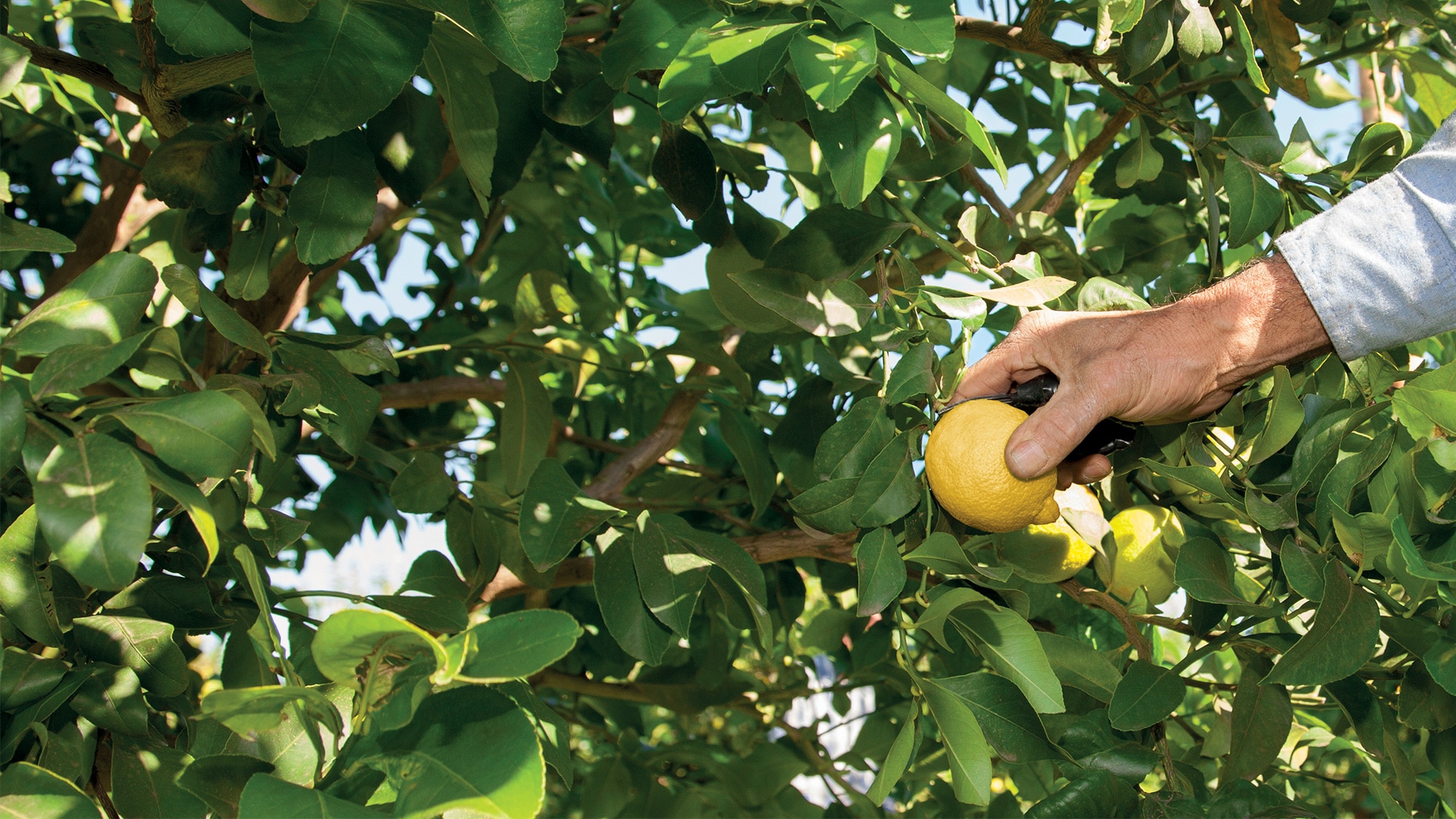Our commitments in action
The example of the blackcurrant purée
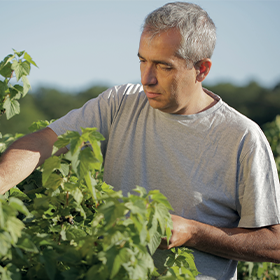
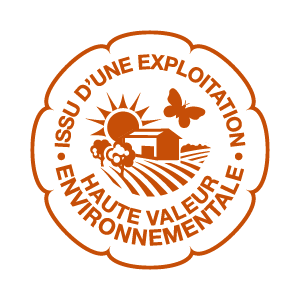
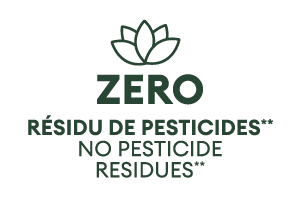
Our blackcurrant grow in an official High Environmental Value orchard and bear no traces of pesticide residue.
Our partner farmers are true collaborators, so we make sure that they are working in good conditions.
We collaborate with them to implement carefully considered practices as part of an agroecological approach.For our blackcurrants, the High Environmental Value label, awarded by the French state, proves that tangible, positive environmental action has been taken on the orchard. Our producer also uses less pesticide, with none applied whatsoever during the weeks leading up the harvest. As a result, our fruit purées are free from pesticide residues.
Find out more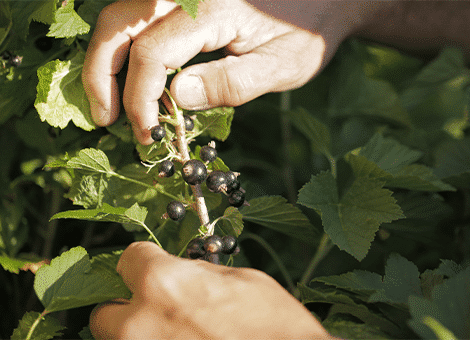
Our Blackdown & Andorine blackcurrants are grown by Florent Baillard in Mercueil, Bourgogne
It’s simple – we want you to know everything about the fruits we use, so you can tell their stories to your customers.
For us, blackcurrants aren’t just blackcurrants. They’re blackcurrants made by Mr Baillard in Mercueil, Burgundy.

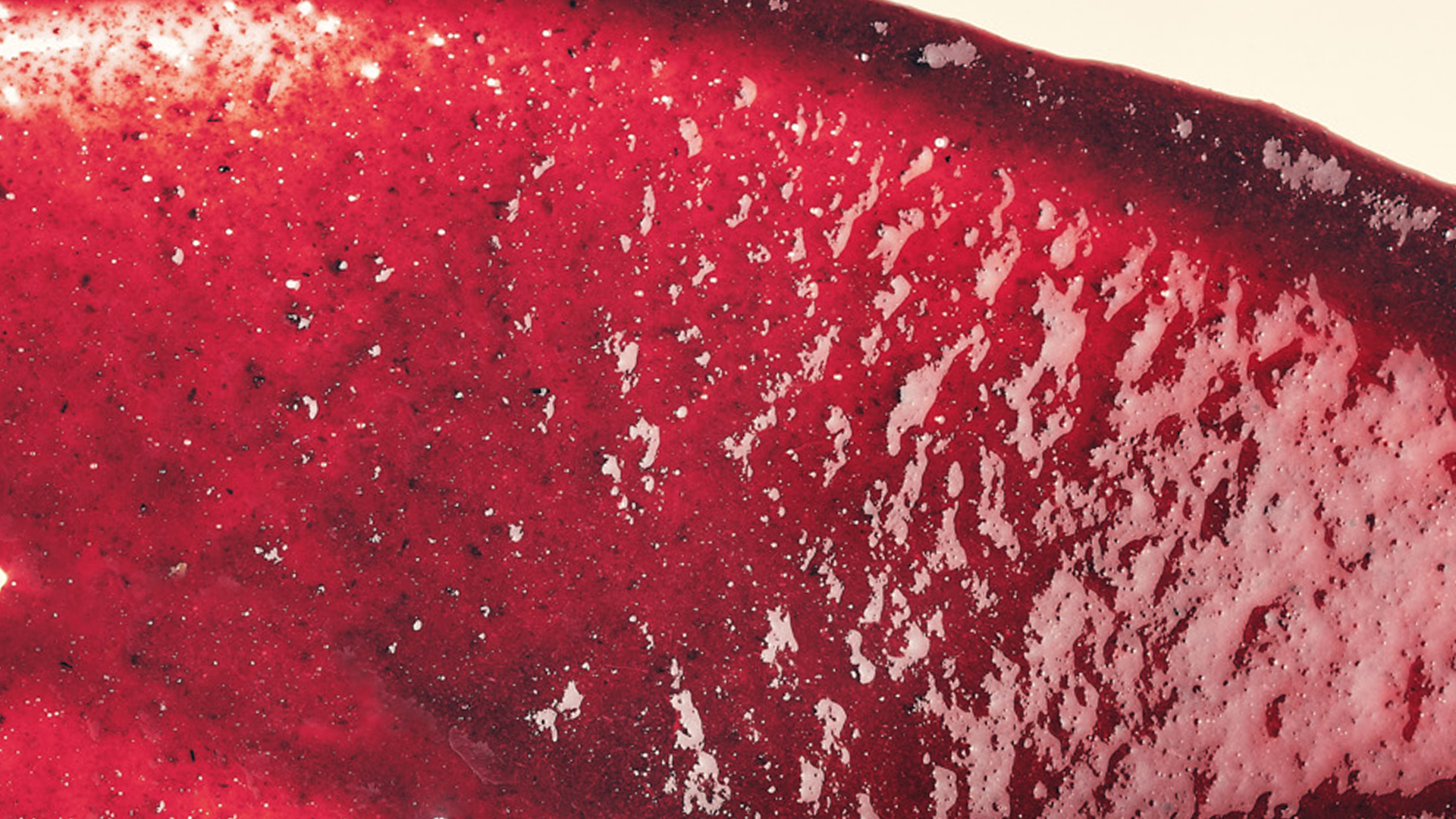
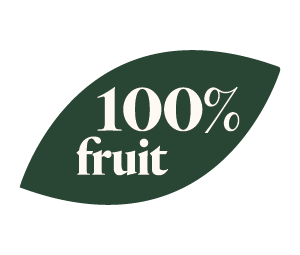
Our purées are made of Blanckdown & Andorine Blackcurrants and nothing else.
We want our purées to be just as delicious as a nice, ripe piece of fruit.
And to keep the taste and color of the fruit we use, with zero additives in our purées, we use a unique technical process, which is performed quickly at low temperatures, without oxygen.
Our pureed blackcurrant retains its beautiful mauve color even without additives, and a characteristic taste provided by the Blackdown & Andorine varieties: an intense acidic attack followed by a fresh, woody aftertaste.
Find out more
We can suggest more than fifteen blackcurrant purée recipes for you to try.
Every day, we work to reinvent how fruit is used and to enhance its taste in gastronomy (in cooking, ice cream-making, pastry-making, chocolate-making and mixology, among others).
What we want most of all is that you feel proud and happy to use our fruit products and talk about them to your customers! Go to our Recipes section, to see recipe ideas for using blackcurrant purée in mousse, coulis, fruit paste and more.
Find out morePADV: “Pour une Agriculture Du Vivant” (For Wildlife Friendly Farming)
Adamance has joined the “Pour une Agriculture du Vivant” movement, a trusted third party of the agroecological transition. The movement aims to help farming practices become more sustainable and resilient and create a community where all players in the food and farming ecosystems belong. It advocates for a transition toward agriculture inspired by nature itself, where producing food goes hand-in-hand with promoting soil regeneration and protecting biodiversity. That’s what we call agroecology!

Pollination
The loss of pollinators is a major issue in French orchards. Adamance is helping to finance a pollination project in blackcurrant orchards in collaboration with the French National Centre for Scientific Research (CNRS). This initiative aims to increase biodiversity and consequently improve blackcurrant crop yields.
Thanks to this partnership, farmer Florent Baillard has been able to introduce wild bees that are particularly favorable to blackcurrant pollination. These bees, known as Osmies, await the return of mild temperatures to emerge from their cocoon and pollinate the blackcurrant flower. To help encourage them to reproduce, several insect hotels have been installed near the plots.
What’s more, in order to attract pollinators from adjacent areas, the farmer has planted flowerbeds between the rows. This keeps bees fed throughout their life cycle.
These flowerbeds are made from a mixture of floral species developed in collaboration with seed company Nungesser Semences. This experimental combination was custom-designed. Only wild species that do not compete with blackcurrants were selected. After a year of testing, the results are very promising, with pollinators returning as early as spring.


